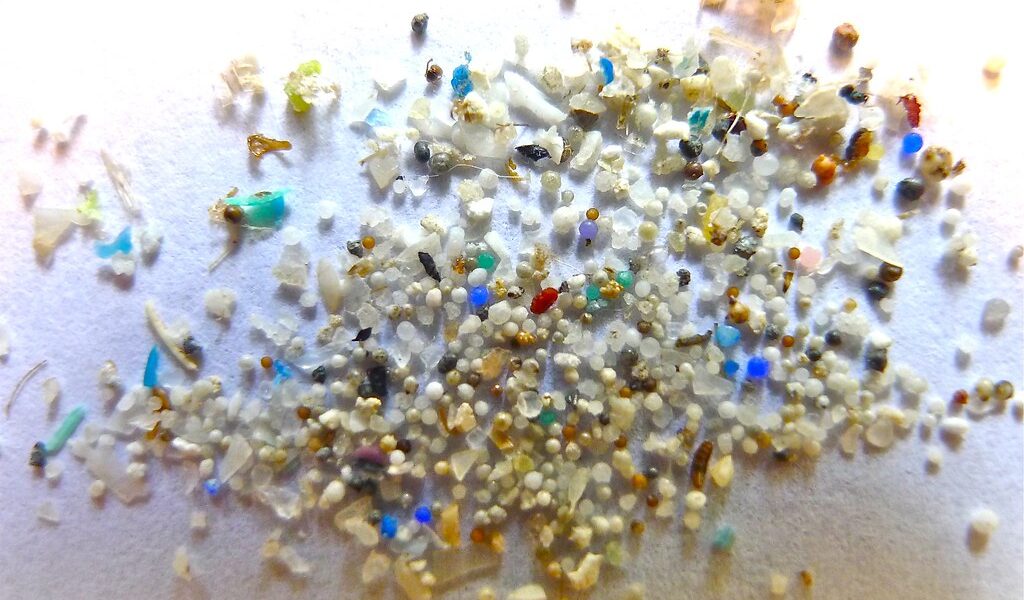
Clean Water, Clear Conscience: Microplastics Removal with Advanced Filters
In an age where environmental consciousness is paramount, ensuring access to clean and safe drinking water is a shared responsibility. Microplastics and microfibers, tiny plastic particles often invisible to the naked eye, have infiltrated our water sources, posing a threat to both human health and the environment. In this article, we’ll explore the critical role of advanced filters in removing these pollutants, allowing us to enjoy water that’s not only refreshing but also free from hidden microplastic menaces.
The Microplastics Menace
Microplastics, measuring less than 5 millimeters in size, originate from various sources, including plastic waste breakdown and synthetic fiber shedding from clothing. These minuscule particles have found their way into rivers, lakes, and even tap water, with potentially harmful consequences for both ecosystems and our well-being.
Why Microplastics Matter
- Health Concerns: Microplastics can absorb toxins and contaminants from the surrounding environment. When consumed through drinking water or seafood, they may pose health risks to humans, potentially disrupting endocrine systems and causing other adverse effects.
- Environmental Impact: These particles can accumulate in aquatic ecosystems, harming marine life and disrupting delicate food chains. The long-term consequences on ecosystems and biodiversity are concerning.
Advanced Filters Leading the Way
As water treatment technology continues to advance, filters have emerged as effective tools for microplastics and microfibers removal. Here are some of the cutting-edge filtration methods:
- Reverse Osmosis (RO): RO systems utilize a semipermeable membrane to block particles, including microplastics, from passing through. This technology is highly efficient and can remove up to 99% of microplastics.
- Activated Carbon Filtration: Activated carbon filters are effective in trapping microplastics and adsorbing organic compounds. They are often used in combination with other filtration methods for comprehensive water treatment.
- Microfiber Filters: Specially designed filters with small pore sizes can capture microfibers from washing machines and prevent them from entering water sources.
- Ultraviolet (UV) Disinfection: UV technology not only eliminates harmful microorganisms but can also break down microplastics into smaller, less harmful particles.
Conclusion
Access to clean water is a fundamental human right, and protecting our water sources from microplastic pollution is a pressing concern. With the expertise of professionals and the use of advanced filtration technologies, we can make significant strides in ensuring our water remains free from microplastics and microfibers. By adopting these technologies and spreading awareness, we can collectively work towards a healthier planet and a brighter future.
#CleanWaterNow #MicroplasticsRemoval #WaterFiltration #SustainableLiving #CleanWaterForAll #EnvironmentalProtection #WaterSustainability #MicroplasticSolutions
- September 27, 2023
- 2
- Filtration Technologies and Methods
I’ve read several just right stuff here. Certainly price bookmarking for revisiting. I wonder how a lot effort you place to create this kind of great informative website.